1.
When I woke up the other morning the bee box was gone.
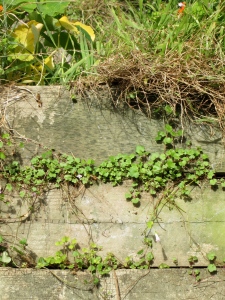
A couple of bees remained nearby. I wondered, ‘Will they fly across town to find the others’?
The garden was a little quieter, all day. But it was more than sound. For a few days the bee box and its occupants had added a very special feeling.
That evening, half a dozen bees flew into the kitchen, its door near where I’d stood to watch them move around their box. I helped them to leave the kitchen. Gently. One was very feisty. The others were more passive. One seemed dazed.
Then, as night fell, I looked up. And saw a tiny bee huddle, near where the base of the box used to be.
I texted the neighbour. Who collected them to take to the rest of the hive, in the morning (with a dose of honey).
That was my little heartbreak for this week. I miss those bees.
But there’s a much larger heartbreak. The neonics story.
2.
It’s taking me longer than I imagined it would to research the nasty chemicals that harm bees– neonicotinoids, or neonics, which I find easier to pronounce and to spell. But it’s almost Labour Weekend in New Zealand, that big holiday weekend when we all PLANT. So here’s some brief neonics info, for Australasians who visit plant shops this weekend.
Dave Goulson, the scientist who wrote A Sting in The Tale about bumblebees, tweeted this the other day–
And this, a wider view of how neonics affect the environment around them–
Neonics harm bees in various ways, when they go into soil and last for ages and when they go into crops. That little 1% in the dust, I’ve read, kills heaps of bees.
And neoniced flowers also harm bees, even flowers of otherwise beneficial bee plants, flowers that they love. Here’s a view of how neonics move into a single plant with a flower that feeds bees, from a recently released Friends of the Earth report–
In the words of the report, this is how the neonics work–
Nurseries commonly apply systemic pesticides as soil injections, granular or liquid soil treatments, foliar sprays (applied to leaves), and seed treatments. Water-soluble pesticides are readily absorbed by plant roots and transported systemically in the plant’s vascular system to other portions of the plant, including roots, pollen and nectar, leaves, stems, and fruit.This systemic action results in the exposure of beneficial, non-target insects such as bees to potentially lethal doses of these pesticides.
Neonics aren’t regulated in New Zealand and I haven’t so far found research about their use here. But when I learned that many seeds are coated with neonics, I thought my garden was safe because I save and exchange seeds and buy them from the Koanga Institute and Kings Seeds and don’t use sprays. I don’t know about other branded seeds on sale at garden centres though. I don’t know about the plants and other products on sale, either.
But the Friends of the Earth research found that 51% of plants sold to consumers at a range of garden centres across the United States Canada were contaminated with neonics–
The high percentage of contaminated plants…and their neonicotinoid concentrations suggest that this problem is widespread, and that many home gardens have likely become a source of exposure for bees. The results indicate that neonicotinoids occur in both flowers and in stems and leaves, with some samples having higher concentrations in flowers than greenery and other samples showing the reverse.
So what can we do this weekend to protect bees? It’s obvious of course. We can ask at our garden centres if their plants or the soil they’ve been raised in have been treated with–
acetamiprid
clothiandin
dinotefuran
imidacloprid (Consumer* names Yates’ Confidor as a product that includes imidacloprid )
thiacloprid
thiamethoxam
We can look on the labels of the other garden and domestic products we buy (some might be non-garden products like ant killer), for –
acetamiprid
clothiandin
dinotefuran
imidacloprid
thiacloprid
thiamethoxam
(I’m repeating here, planning to make a little song to help me remember the words.)
And we can refuse to buy any seed plant or product that may place our bees at risk.
If you live in Wellington and want some safe bee-loved plants, let me know in the comments and I can provide you with some from my garden, where I’m raising quantities to give away this year, to explore growing them as a business.
And here’s another poster from Friends of the Earth, in case you’d like to print it out for your fridge–
*GARDEN CENTRE BUYERS PLEASE BE AWARE OF THESE TOXIC-TO-BEES PRODUCTS
The Consumer article also refers to some other products. Checking them one by one, in case neonics in New Zealand had different names than I was familiar with, I found these toxic-to-bees products, which may or may not be neonic–
Diazinon
Diazinon, according to the New Zealand Journal of Agricultural Research, is highly toxic to bees. It is in these products–
Carbaryl
Carbaryl, according to the University of California at Davis, is also toxic to bees. Consumer names this product as containing Carbaryl (it is also toxic to humans and in New Zealand only ‘approved handlers’ will be able to apply it after July 2015)–
Acephate
Cornell University research shows that Acephate is toxic to bees. Consumer lists these products as containing Acephate–
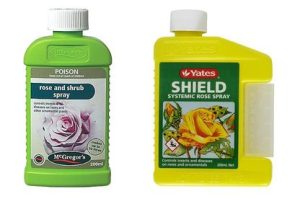
More toxic-to-bees info to come, I’m sure. Please let me know if you have any additions! That’s going to be a multi-verse song, I reckon!
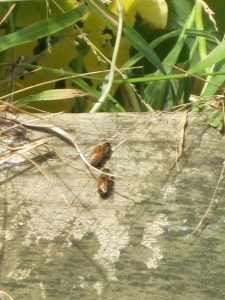

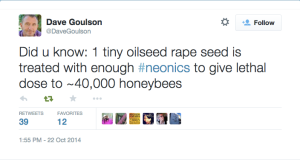
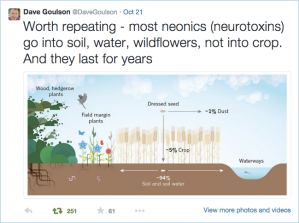


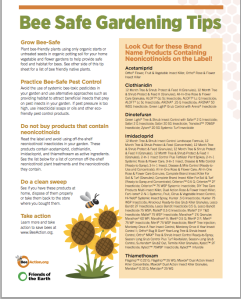

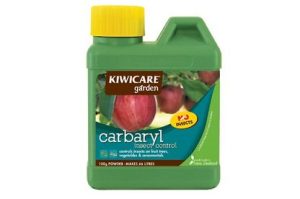
oh dear..thank you for this.
LikeLiked by 1 person
You’re very welcome. And I know you’ll pass on the info! So thank you, too!
LikeLike